When NASA began operations on Oct. 1, 1958, we consisted mainly of the four laboratories of our predecessor, the National Advisory Committee for Aeronautics (NACA). Hot on the heels of NASA’s first day of business, we opened the Goddard Space Flight Center. Chartered May 1, 1959, and located in Greenbelt, Maryland, Goddard is home to one of the largest groups of scientists and engineers in the world. These people are building, testing and experimenting their way toward answering some of the universe’s most intriguing questions.
To celebrate 60 years of exploring, here are six ways Goddard shoots for the stars.
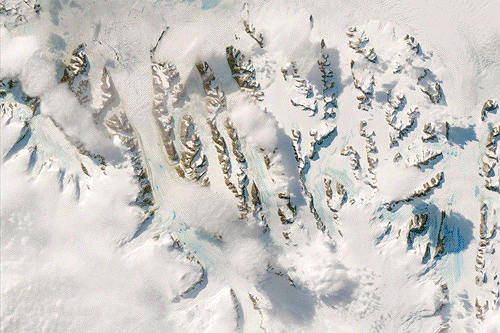
For the last 60 years, we’ve kept a close eye on our home planet, watching its atmosphere, lands and ocean.
Goddard instruments were crucial in tracking the hole in the ozone layer over Antarctica as it grew and eventually began to show signs of healing. Satellites and field campaigns track the changing height and extent of ice around the globe. Precipitation missions give us a global, near-real-time look at rain and snow everywhere on Earth. Researchers keep a record of the planet’s temperature, and Goddard supercomputer models consider how Earth will change with rising temperatures. From satellites in Earth’s orbit to field campaigns in the air and on the ground, Goddard is helping us understand our planet.
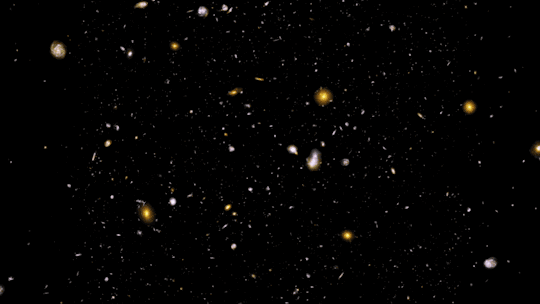
We seek to answer the big questions about our universe: Are we alone? How does the universe work? How did we get here?
We’re piecing together the story of our cosmos, from now all the way back to its start 13.7 billion years ago. Goddard missions have contributed to our understanding of the big bang and have shown us nurseries where stars are born and what happens when galaxies collide. Our ongoing census of planets far beyond our own solar system (several thousand known and counting!) is helping us hone in on which ones might be potentially habitable.

We study our dynamic Sun.
Our Sun is an active star, with occasional storms and a constant outflow of particles, radiation and magnetic fields that fill the solar system out far past the orbit of Neptune. Goddard scientists study the Sun and its activity with a host of satellites to understand how our star affects Earth, planets throughout the solar system and the nature of the very space our astronauts travel through.
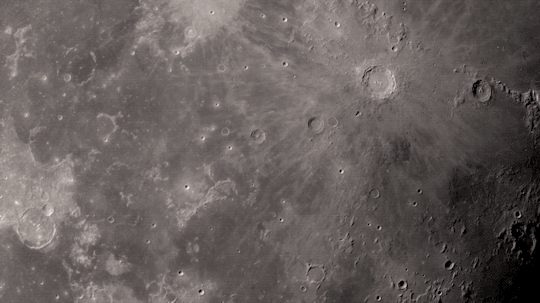
We explore the planets, moons and small objects in the solar system and beyond.
Goddard instruments (well over 100 in total!) have visited every planet in the solar system and continue on to new frontiers. What we’ve learned about the history of our solar system helps us piece together the mysteries of life: How did life in our solar system form and evolve? Can we find life elsewhere?
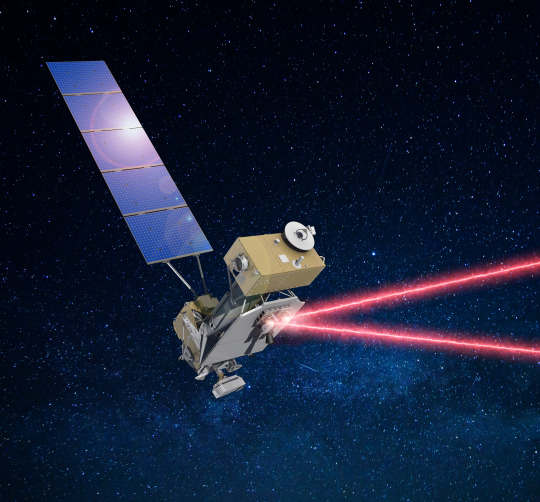
Over 60 years, our communications networks have enabled hundreds of NASA spacecraft to “phone home.”
Today, Goddard communications networks bring down 98 percent of our spacecraft data – nearly 30 terabytes per day! This includes not only science data, but also key information related to spacecraft operations and astronaut health. Goddard is also leading the way in creating cutting-edge solutions like laser communications that will enable exploration – faster, better, safer – for generations to come. Pew pew!
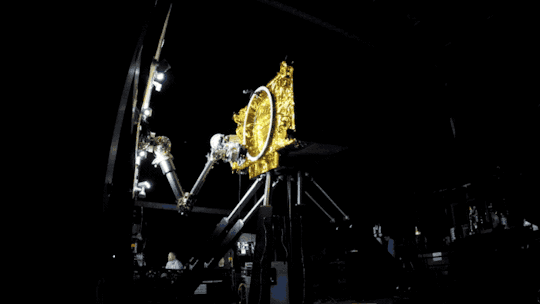
Exploring the unknown often means we must create new ways of exploring, new ways of knowing what we’re “seeing.”
Goddard’s technologists and engineers must often invent tools, mechanisms and sensors to return information about our universe that we may not have even known to look for when the center was first commissioned.
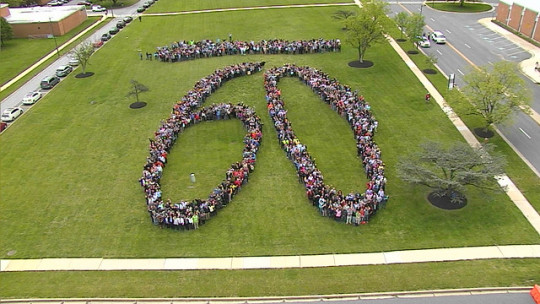
Behind every discovery is an amazing team of people, pushing the boundaries of humanity’s knowledge. Here’s to the ones who ask questions, find answers and ask questions some more!
Make sure to follow us on Tumblr for your regular dose of space: http://nasa.tumblr.com.




Комментариев нет:
Отправить комментарий